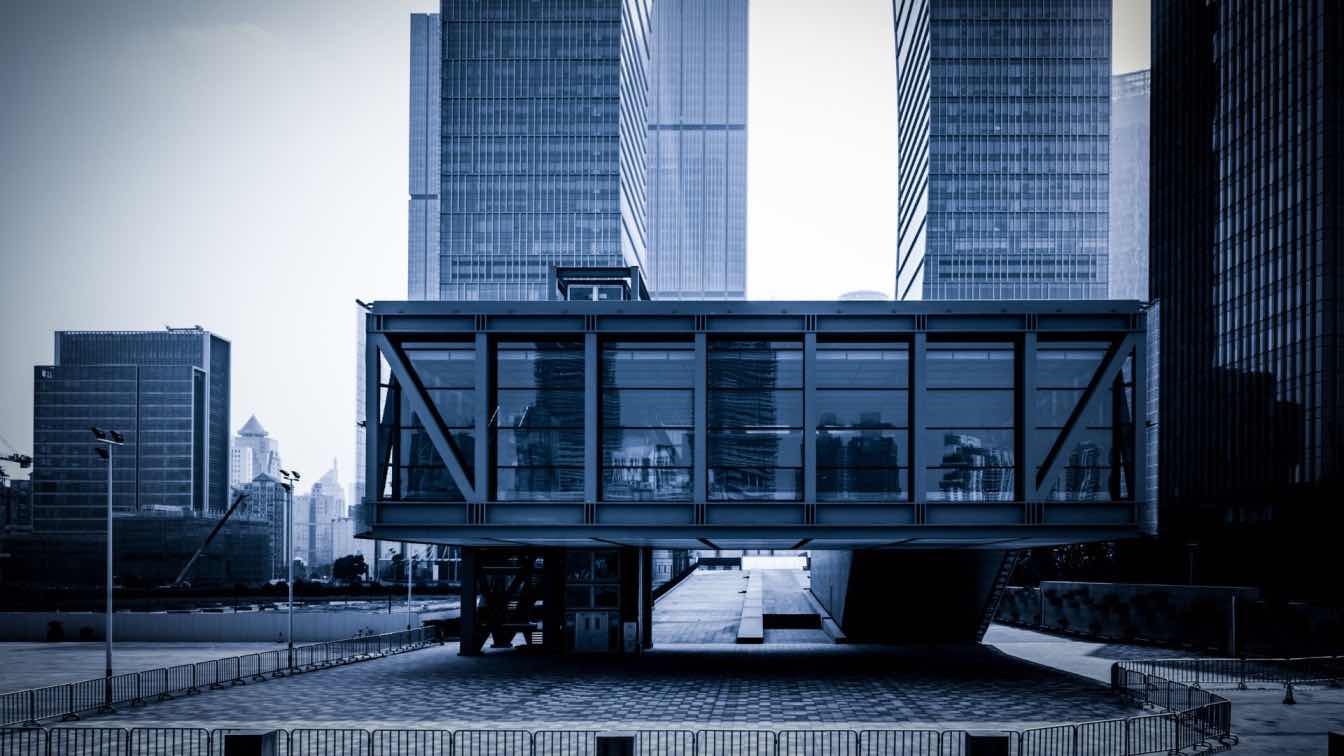In the evolving landscape of commercial architecture, the quest for creating flawless building designs has become more paramount than ever. This journey towards perfection in commercial building design is not just about aesthetics, it encompasses functionality, sustainability, and the integration of innovative technologies.
1. Embracing Sustainability
In the sphere of modern commercial building design, sustainability has become a crucial component. Architects are giving precedence to the use of eco-friendly materials and designs that enhance the energy efficiency, a move that aligns with global environmental targets and results in significant long-term financial benefits for both building owners and occupants.
Features like green roofs, which improve air quality and offer natural insulation, solar panels for renewable energy, and the strategic use of natural light to minimize electricity use, are increasingly becoming standard in commercial architecture. These sustainable approaches not only improve the environmental impact of buildings but also create aesthetically pleasing and healthier environments for users.
2. Functional Aesthetics
Functional aesthetics play a vital role in flawless design, transcending mere visual appeal to encompass how a building operates. In Canada's landscape, marked by its extreme climatic conditions, the architectural design of buildings necessitates resilience to withstand these environmental challenges. This requirement has spurred the creation of innovative designs that marry durability with visual allure. Achieving a harmonious balance between form and function is essential; a building must not only fulfill its intended purpose efficiently but also captivate with its visual presence, blending practicality with artistic expression.
3. Technology Integration
The incorporation of technology into fabric covered commercial structures represents a crucial facet of modern architectural design. The rise of smart building technologies, encompassing automated systems for managing lighting, heating, and security, is rapidly becoming a norm. Such advancements not only elevate the functionality of these buildings, making daily operations more efficient and user-friendly, but they also play a significant role in enhancing energy efficiency.
By reducing energy consumption and streamlining building management, these technological integrations contribute substantially to the overall sustainability of commercial structures, aligning with contemporary environmental and efficiency goals.
4. Community and Cultural Considerations
Community and cultural considerations are integral to the design of Canadian commercial buildings, as these structures frequently embody the cultural and historical essence of their surroundings. This is achieved by integrating design elements that echo the spirit of the local community, be it through the incorporation of indigenous art or the preservation of historical features of a site.
Such thoughtful considerations in architectural design ensure that new commercial buildings not only blend harmoniously with their environment but also enrich the cultural fabric of the area.
5. Future-Proofing Designs
Future-proofing designs are a key element in the flawless commercial building design, including commercial fabric buildings. This approach centers on creating adaptable spaces that can easily be modified to meet evolving needs and incorporate new technologies over time.
Implementing such flexibility is crucial in ensuring that commercial fabric buildings remain functional and relevant, regardless of how demands and trends in the architectural and business world change. This foresight in design not only prolongs the utility and life of the building but also aligns with sustainable practices by minimizing the need for extensive future renovations.
6. Collaboration and Innovation
The pursuit of flawless design in architecture is a synergistic effort, requiring the collective expertise and cooperation of various stakeholders. It encompasses a team of skilled architects, engineers, and environmental experts, each bringing their unique perspective and expertise to the table.
Alongside these professionals, clients are integral, actively participating in the design process to ensure that the outcome is not only visually impressive but also aligns with principles of social responsibility, environmental sustainability, and economic feasibility. This collaborative approach ensures that every aspect of the building, from its aesthetic appeal to its impact on society and the environment, is carefully considered and expertly executed.
7. Inclusive Design for Diverse Needs
Inclusive design in commercial buildings is gaining widespread attention as a crucial aspect of modern architecture. This approach involves creating environments that are accessible and comfortable for a diverse range of users, including those with disabilities. Architects and designers are now increasingly focused on incorporating accessibility features like wheelchair ramps, tactile indicators, and sensory-friendly design elements.
Such considerations go beyond mere compliance with regulations; they aim to create spaces that are welcoming and usable for everyone, thereby fostering a sense of inclusivity and community. By addressing various sensory and cognitive needs through design, these buildings are setting new standards in creating user-friendly commercial spaces.
8. Energy Management and Conservation
Energy management and conservation are pivotal in contemporary commercial building design, driven by the need to reduce environmental impacts and operational costs. This is achieved through the integration of advanced HVAC systems, intelligent lighting solutions, and materials that improve thermal efficiency. These innovations are not just about adhering to environmental standards; they significantly lower energy consumption and enhance the building's overall efficiency.
Such energy-conserving measures are essential in today's architectural practices, reflecting a growing commitment to sustainability and responsible resource usage. These strategies not only benefit the environment but also offer long-term economic advantages for building owners and occupants.
9. Landscaping and External Environment
The role of landscaping and the external environment in commercial building design is increasingly recognized for its impact on aesthetics and occupant well-being. Integrating natural elements such as trees, water features, and gardens not only enhances the visual appeal of commercial spaces but also improves air quality and promotes mental and physical health.
Thoughtful landscaping creates inviting outdoor spaces for relaxation and social interaction, effectively connecting the built environment with nature. This approach not only adds value to the commercial properties but also enriches the experience of those who use and interact with these spaces, making them more than just functional structures but also hubs of community and well-being.
The pathway to flawless commercial building design is complex and multi-faceted. It requires a deep understanding of sustainability, functionality, and technological integration, all while respecting the cultural and environmental uniqueness of Canada. As we continue to advance in these areas, the future of Canadian commercial architecture looks both sustainable and inspiring.





